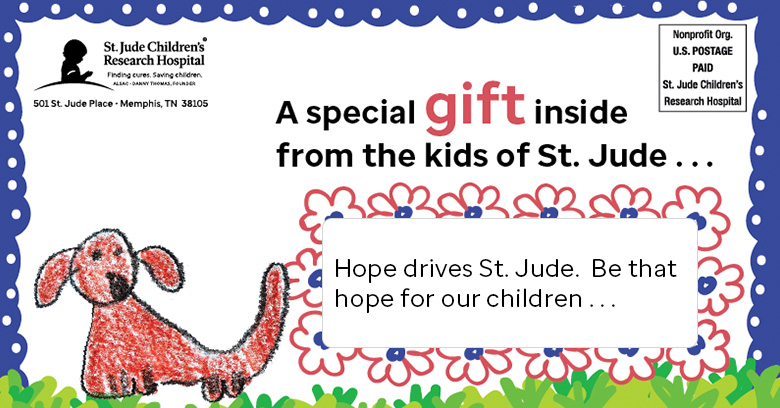August 13, 2019
- Promotion Period: September 1 – November 30, 2019
- Registration Period: July 15 – November 30, 2019
The Alliance has been encouraging nonprofit mailers to try out Informed Delivery for quite some time. Now you can receive a 2 percent postage discount during a three-month period. But it’s very important that you read and follow all of the requirements and instructions to earn the discount. A good place to start is here on the PostalPro website. There is a webinar recording and associated PowerPoint slides, and a link to the program requirements.
We would like to call out two important requirements that prior users of Informed Delivery campaigns may or may not have complied with. They are great pieces of advice on how to run a successful campaign, and USPS has turned them into requirements for the promotion. Before getting to them, we should remind you that three types of mail are eligible for the promotion:
- First-Class Mail® automation letters, postcards, and flats
- USPS Marketing Mail™ automation letters and flats
- Nonprofit USPS Marketing Mail™ automation letters and flats
The Informed Delivery promotion requires the mailer to use a “ride-along image” that has a strong call to action. This image is the box that the recipient can click on to get to a website of your choosing, usually a donation, membership, or subscription site. The “Informed Delivery Promotion Office” will have to approve your ride-along image before you can apply for the discount.
The USPS Vice President, Product Innovation, in charge of Informed Delivery, Gary Reblin, explains why the pre-approval is required:
“This is because the whole goal of promotions is to have customers who often have never tried something have the best chance of success. After 1000s of campaigns, we see customer campaigns do really well or poorly. These are highly correlated to some basic rules and practices. We have statistically looked at what are the common characteristics of good performing campaigns. Therefore, we included these requirements for promotions. If people are unsuccessful during promotion, they are far more likely to not use Informed Delivery again.”
A second important requirement is that the image that the recipients see in their email must closely resemble the actual mailpiece. Before this month, mailers had the option of designing pretty much any email ad they wanted to associate with their postal mail. We had heard from our members that using the image of the mailpiece actually yielded much better results. Now it’s a rule.
Gary Reblin explains:
“Through the promotion, we are requiring mailers to align their representative image to the mailpiece the Informed Delivery consumer gets in their incoming mail. This has two significant benefits:
1) It makes clear that the representative image in the consumer feed is directly related to the physical mailpiece in their incoming mail – supporting the multi-channel alignment of the two channels
2) It makes clear to the informed delivery consumer that this relationship exists between the email alert and the physical mail, and defends against the consumer perceiving the representative image as a paid banner ad placed within their incoming mail alerts (which is the perception if the image doesn’t resemble the physical mailpiece)
This supports the long-term viability of the platform, and maintains the legitimacy of the mail pre-advice for the consumer.
For the promotion pre-authorization, in order to evaluate the representative image (if used), we must compare the representative image to the physical mailpiece outer envelope – hence the requirement listed below for those promotion participants using a representative image.”
Here’s an example of A representative image used by our Board Member, St. Jude Children’s Research Hospital:
And here is a ride-along used by St. Jude:



Leave a Reply